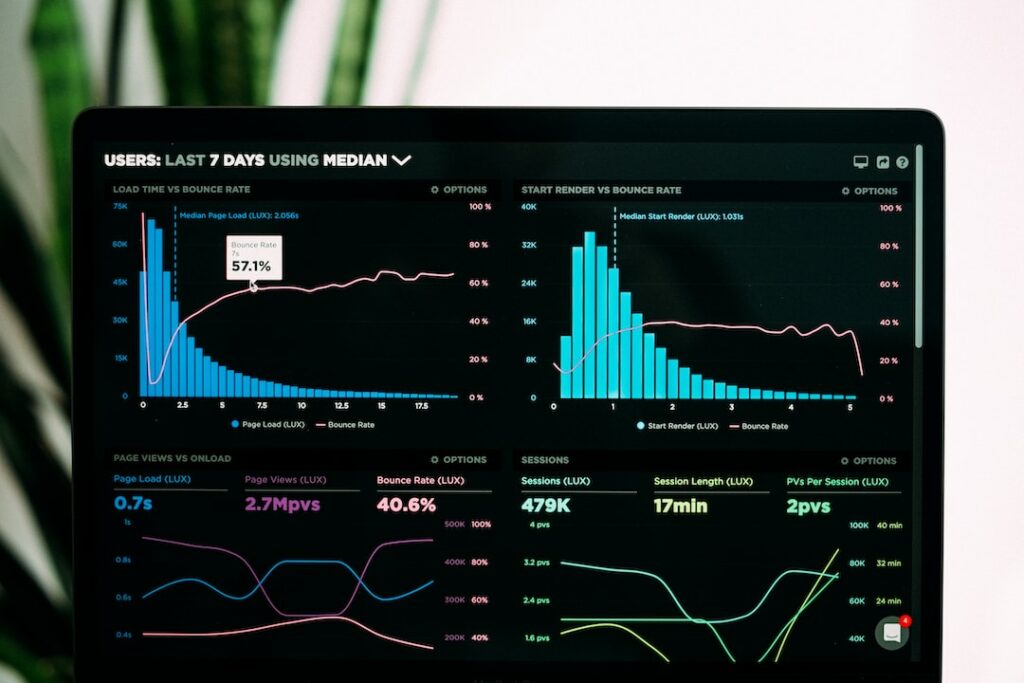The world of data visualization is vast and vital, especially in the era of big data. It equips us with the necessary tools to analyze complex data sets, making them easier to understand and helps us make more informed choices. Spline charts are one of the lesser-known yet potent tools in this ocean of data visualization tools. Below is a detailed discussion of this important visualization technique. Keep reading to learn more.
Understanding the Concept of Spline Charts
Spline charts, a type of line chart, are firmly rooted in the mathematical theory of interpolation and computational geometry. It traces its origin to the spline functions used by mathematicians to create a smooth curve through a given set of points on a plane. The spline takes this idea and translates it into a visual tool for data interpretation.
A spline chart is a series of data points connected by curves instead of straight lines, as in a typical line chart. The curved lines make the data visually smoother and can capture trends and patterns that are less abrupt than the changes indicated by the straight line of a regular line chart. The idea behind curved lines is to provide an average series highlighting patterns in the data that would have otherwise gone unnoticed.
Peculiarities and Purpose of Spline Charts
The primary peculiarity of spline charts lies in their visual appeal. The curves in the graph make it pleasant to the eye and, therefore, easier to understand. It eliminates the harsh corners from straight lines connecting the data points, thus minimizing visual disturbances. This visual appeal is not just an aesthetic aspect but also a significant functional attribute of spline charts. It enables analysts to smoothen abrupt changes and visually emphasize overall trends.
Another distinct feature of spline charts is their sensitivity to the placement of data points. The curve in a spline is determined by the data point it’s passing through and the points around it. Therefore, a small change in one point can significantly alter the shape of the curve, especially in places where the data points are closely placed. This feature allows for enhanced detail in the visualization, making spline charts particularly useful for finely granular data sets.
The Practical Applications of Spline Charts

The utility of spline charts spreads across myriad sectors. In finance, they function as a powerful tool for graphing stock market data where they can highlight the general trend amidst the daily fluctuations. Similarly, a spline can track the sales trend over a specified period, helping to analyze the consistency of a product’s performance.
In weather prediction, spline charts can illustrate the daily or monthly temperature changes and determine the overall temperature pattern. They can even feature in the sports industry, plotting the performance trends of sportspersons, teams, match statistics, and other related data. The fluid nature of these charts makes them appropriate for any application that requires the detection of subtle patterns or consistent averages over time.
Given their mathematical roots, spline charts find a natural place in computational geometry and computer-aided design (CAD) tools. Computer scientists and engineers use them for shape modeling, where they can provide a versatile tool for defining the curves and surfaces of a design. Therefore, using spline charts in these applications underscores their multi-disciplinary value.
The spline is a potent tool whose versatility and aesthetic appeal can aid in detecting subtle trends and averages in complex datasets. With the right knowledge and approach, the spline chart is an invaluable asset in data visualization.








